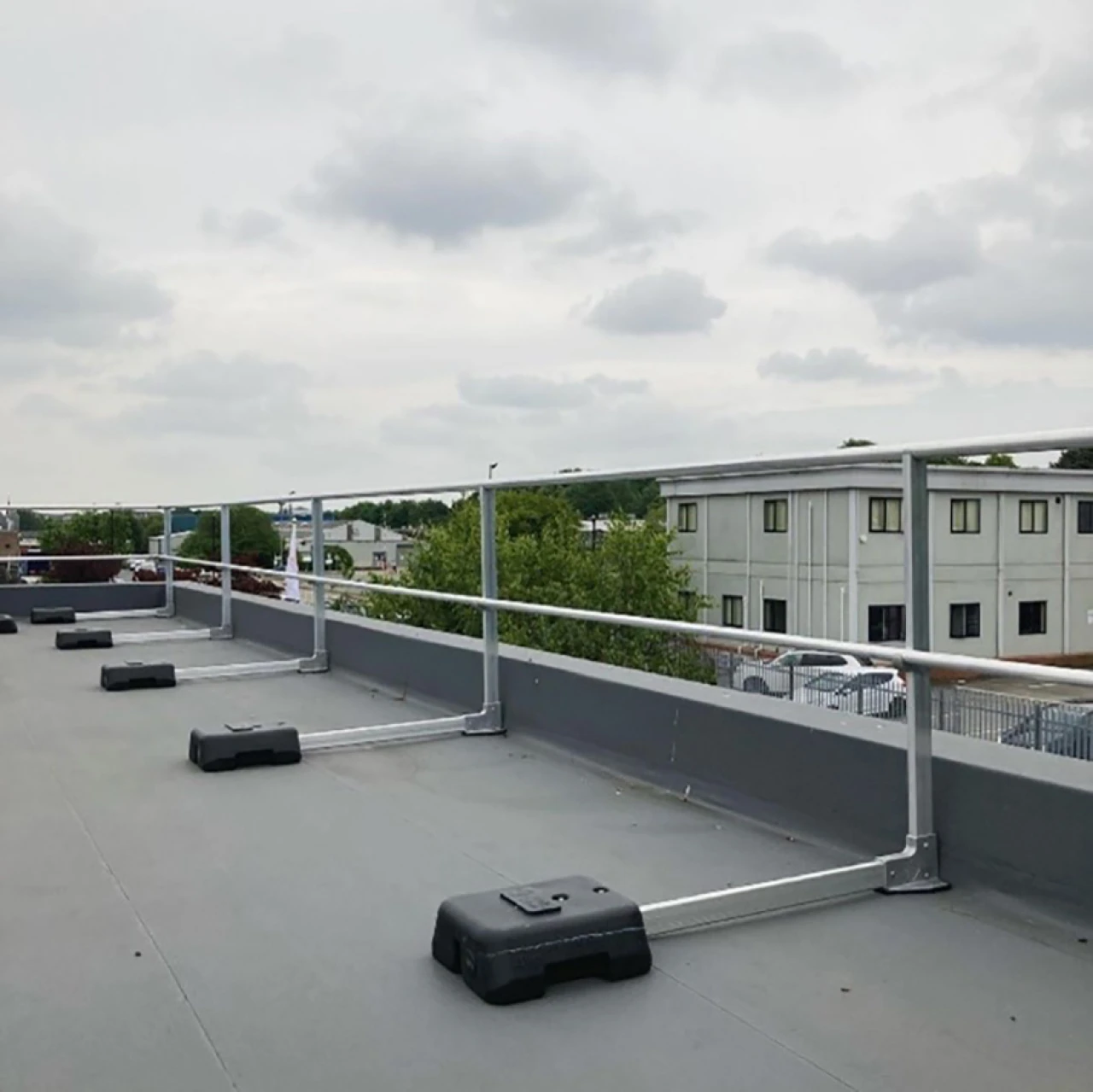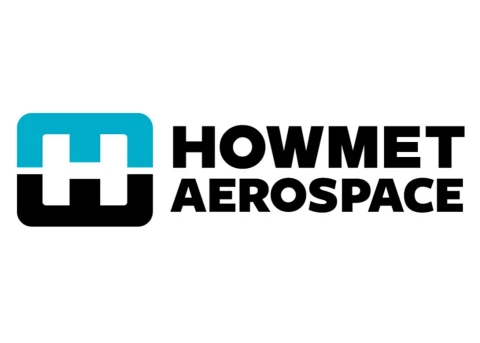
- Knowledge Base
- Tips & Explanations
- Freestanding handrail/guardrail standards update
Freestanding handrail/guardrail standards update
Prior to July 2021, freestanding handrail/guardrails used in a permanent application have never had a specific set of standards and guidelines to which they must be designed, manufactured, and tested to.
Roof edge protection has always been designed to comply with the following, well-established standards:
BS EN ISO 14122-3 – Safety of Machinery – Permanent means of access to machinery: Stairs, stepladders and guardrails
EN 13374 2004 Temporary edge protection systems. Product specification - Test methods
BS 6180: 1982 - Barriers in and about Buildings
The problem was, that none of these were actually a great fit for the specific use of a freestanding handrail/guardrail installed as a permanent system. This all changes with the introduction of BS 13700:2021.
Now we have a standard specific to permanent counterweighted handrail/guardrail systems. This new standard provides guidance for those who design, test, maintain and inspect these types of systems.

What’s changed?
A roof freestanding handrail/guardrail that conformed to the previously used standard of BS EN 13374 will still most likely conform to the BS 13700 standard without any real changes to the system itself. The main changes between the standards are generally related to additional testing of the freestanding handrail systems including wind loading and the information provided to the end user.
As wind loadings are most likely to be the most onerous conditions that a handrail/guardrail is subjected to, the new standard places a lot of focus on this element of the design and testing.
BS EN 13374 did include an element of wind loading to be built into the systems, this was a design-based calculation and required the system to be able to withstand a maximum wind load of 600Nm². This covers most wind conditions in Europe and is based upon 40m height and an exposure period of 6 months and represents a wind speed of approximately 32m/s.
32m/s equates to approximately 71.5mph. The highest official wind speed recorded in the UK was a gust at 173mph, this was, however, recorded on the summit of Cairngorm in 1986 so it is unlikely there would be any freestanding handrail/guardrail up there...In more recent years, however, the UK has seen fiercer storms bringing ever stronger gusts, regularly exceeding the figures covered in the BS EN 13374 standard.
BS 13700:2021 details more specific test criteria including working wind load calculations as well as a Maximum Velocity Pressure calculation. This latter calculation can only be done by providing information including site location (postcode) and height above sea level, amongst other pieces of key information used to determine the theoretical pressure for that specific location. The freestanding handrail/guardrail must then be designed to be able to withstand such loads, this may include the addition of more weight into the system, or a decrease in the stanchion centres.
As well as the O&M Manual provided to the end user, each installation must have a System Technical File, which is produced by the designer and given to the end-user or duty holder to be kept on file and be available to anyone carrying out future inspection work. This document will include items such as a detailed drawings and relevant load calculations including wind speed.
What kind of system do I have?
In order to ensure we can apply the correct standard, we need to determine what kind of freestanding handrail system you have on your property.
There are several different names for this type of installation, some people call it a freestanding handrail, roof handrail, others a roof guardrail, ultimately, they serve the same purpose; to protect someone from a fall hazard.
If your system is fixed to the structure, then it is not covered by the BS 13700:2021 standard. It only applies to counterweighted, freestanding handrail/guardrails.
The critical thing for compliance with this standard is whether it is classed as a temporary, or permanent system. Whether you call it a freestanding handrail, or guardrail, determining this factor will enable us to apply the correct standard.
What do I need to do now?
The first thing to do is get your installation checked.
Under the Workplace (Health, Safety and Welfare) Regulations, Work at Height Regulations and PUWER, this type of equipment needs to be inspected and maintained regularly by a competent person.
There are two levels of inspections that should be carried out:
Pre-use checks are carried out by an authorised person prior to use, including multiple checks during a given period in the case of shift work.
Thorough examinations are typically carried out at 12-month intervals.
As a duty holder, you will need to ensure that thorough examination and maintenance are carried out and that a report is issued and retained. This should also be carried out after a significant event such as an accidental loading where suspected damage has been identified.
If the freestanding handrail/guardrail was installed prior to July 2021, it is recommended that a wind speed calculation is carried out retrospectively to verify the original wind design in its installed location. The inspecting company will need to refer to the original O&M and design information in order to carry out this check.
As well as a wind load calculation, many other aspects of the installation will be checked, such as adherence to the manufacturer’s instructions and the general condition of the system as a whole.
Should the freestanding handrail system be found to be damaged, or non-compliant, the report will identify the actions required to return the system to a safe, usable condition. If the system is generally in good condition and conforms to an alternative standard, it will be given a conditional pass, this means that the system can remain in service, but with recommendations to bring it in line with the BS 13700:2021 standard.















